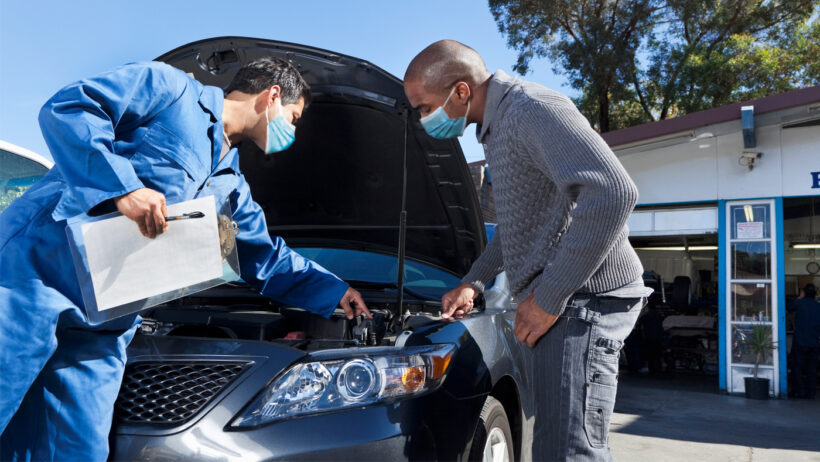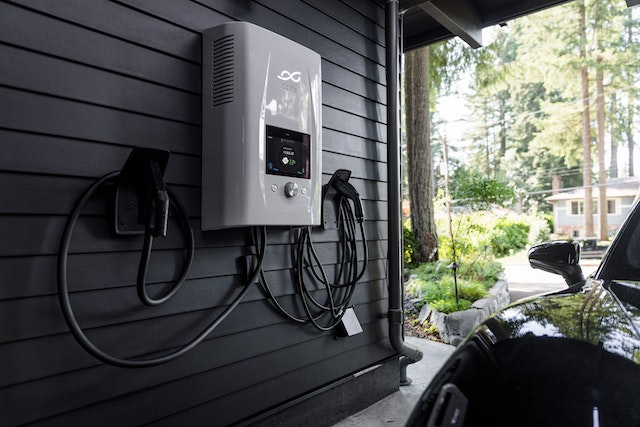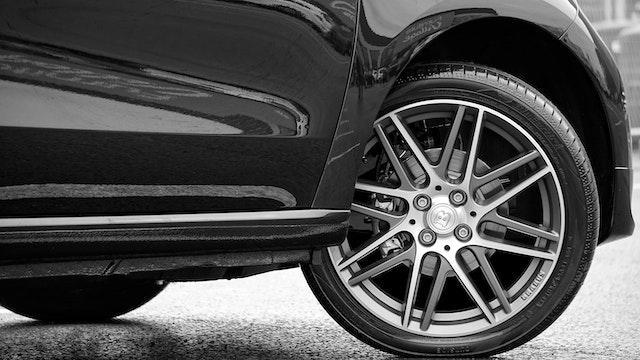When it comes to storing your car for an extended period, proper preparation is key to ensuring its longevity and maintaining its value. Improper storage can lead to a host of issues, from paint damage to mechanical problems, which can be both costly and time-consuming to fix. To help you safeguard your prized possession, we have compiled an essential checklist that covers every aspect of long-term car storage. By following these guidelines, you can rest assured knowing your vehicle will be in pristine condition when you’re ready to hit the road again.
1. Preparing the Vehicle for Storage
Before tucking your car away for an extended period, it’s crucial to give it a thorough cleaning, both inside and out. Removing dirt, debris, and any leftover food or perishable items will prevent unwanted odors and potential damage. Additionally, performing necessary maintenance and repairs beforehand will ensure that your vehicle is in top shape before storage. Remember to change the oil and top off other fluids, inflate the tires to the recommended pressure, and remove any aftermarket electronics or accessories. Taking these steps will help protect your car during its time in storage.
2. Protecting the Exterior
To shield your vehicle’s exterior from dust, sunlight, and potential scratches, it’s essential to wash and wax it before storage. This protective barrier will maintain the paint’s integrity and keep it looking fresh. Consider using a high-quality car cover that fits your vehicle snugly, offering maximum protection against external elements. Tire covers can also be employed to prevent flat spots, especially if you anticipate your car being stored for an extended period. For additional protection, applying a paint protection film can safeguard against chips and scratches that might occur while your car is in storage.
3. Preserving the Interior
Don’t overlook the importance of preserving the interior of your car during long-term storage. Start by thoroughly vacuuming and cleaning the interior, ensuring that no crumbs or debris are left behind. Apply a leather conditioner to maintain the suppleness of leather seats and a fabric protector to shield fabric surfaces. Furthermore, moisture absorbers or desiccant packs should be strategically placed inside the vehicle to prevent the formation of mold and mildew. Consider using sunshades on the windows to minimize sun damage and preserve the quality of the interior materials.
In addition to cleaning and protecting the interior surfaces, it’s also wise to remove any valuable or sensitive items from the car before storage to minimize the risk of theft or damage. Store these items in a secure location separate from the vehicle. By giving attention to both the exterior and interior of your car, you can ensure that it remains in pristine condition throughout its time in storage, ready for you to enjoy when the time comes to hit the road again.
4. Battery and Electrical Considerations
Taking care of the battery and electrical components is crucial to ensure your car starts smoothly when it’s time to retrieve it from storage. Disconnect the battery or use a battery maintainer to prevent drain and damage. Additionally, remove any aftermarket electronics or accessories to avoid unnecessary power consumption. Make sure that all electrical components, such as lights and entertainment systems, are turned off before storage. By implementing these measures, you can avoid unpleasant surprises and save yourself from the hassle of jump-starting a dead battery.
5. Proper Storage Location
Choosing the right storage location for your vehicle plays a significant role in its preservation. Experts from City Movers advise you to always look for a clean, dry, and well-ventilated facility when you store your valuables. And the same principle applies when you are looking for long-term car storage. In addition, elevating your car off the ground using jack stands or ramps is advisable to avoid potential moisture damage or flat spots on the tires. By carefully selecting a suitable storage location, you are taking a proactive step toward maintaining your car’s condition.
6. Tire Care
Proper tire care is essential to prevent damage and maintain the car’s drivability when it’s time to hit the road again. Inflate the tires to the recommended pressure to avoid excessive strain and ensure even weight distribution. Tire cradles or jack stands can be used to relieve pressure on the tires, preventing flat spots that may occur during long periods of inactivity. It’s also advisable to periodically rotate the tires to prevent uneven wear. By paying attention to tire care, you can enjoy a smooth and safe ride once your vehicle emerges from storage.
7. Fuel and Fluid Management
Before storing your car, fill up the fuel tank to prevent condensation, which can lead to fuel degradation and potential engine problems. Adding a fuel stabilizer to the tank will further ensure the fuel’s longevity and prevent clogging of the fuel system. It’s also wise to consider draining or replacing the coolant and brake fluids to avoid contamination or deterioration. By managing fuel and fluids appropriately, you can avoid costly repairs and keep your vehicle in optimal condition during its storage period.
8. Regular Checkups and Maintenance

Even when your car is in storage, it’s essential to schedule periodic checkups to inspect its condition. Make a habit of starting the engine and letting it run for a short period to ensure proper lubrication and prevent component damage. Regularly check the tire pressure and adjust it if necessary to maintain optimal performance. These simple steps will help identify any potential issues early on and allow you to address them promptly, minimizing the risk of long-term damage.
Conclusion
Long-term car storage requires careful attention and preparation to preserve your vehicle’s value and avoid potential damages. By following our comprehensive checklist, you can safeguard your car’s exterior, interior, battery, and other vital components. Remember to choose a suitable storage location, maintain proper tire care, and manage fuel and fluids appropriately. Regular checkups and maintenance are also crucial to catch any potential issues before they escalate. By taking these measures, you’ll ensure that your vehicle remains in top-notch condition, ready to hit the road whenever you’re ready to embark on your next adventure.




